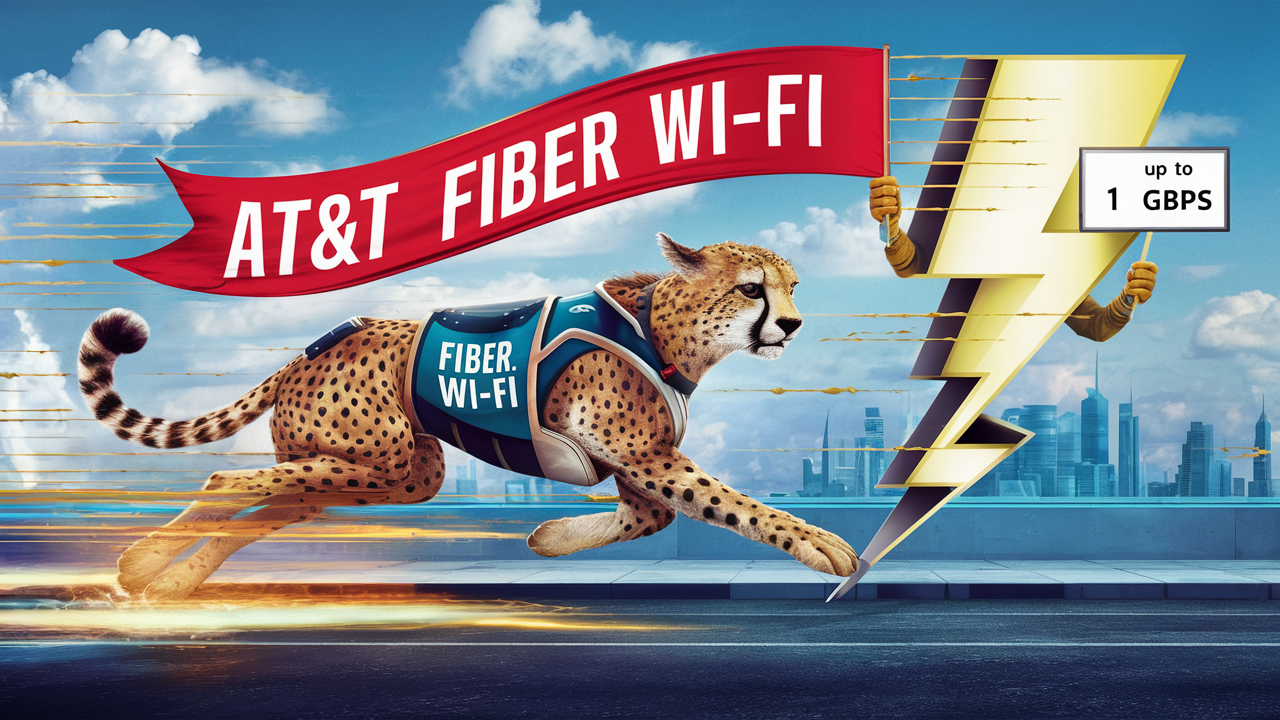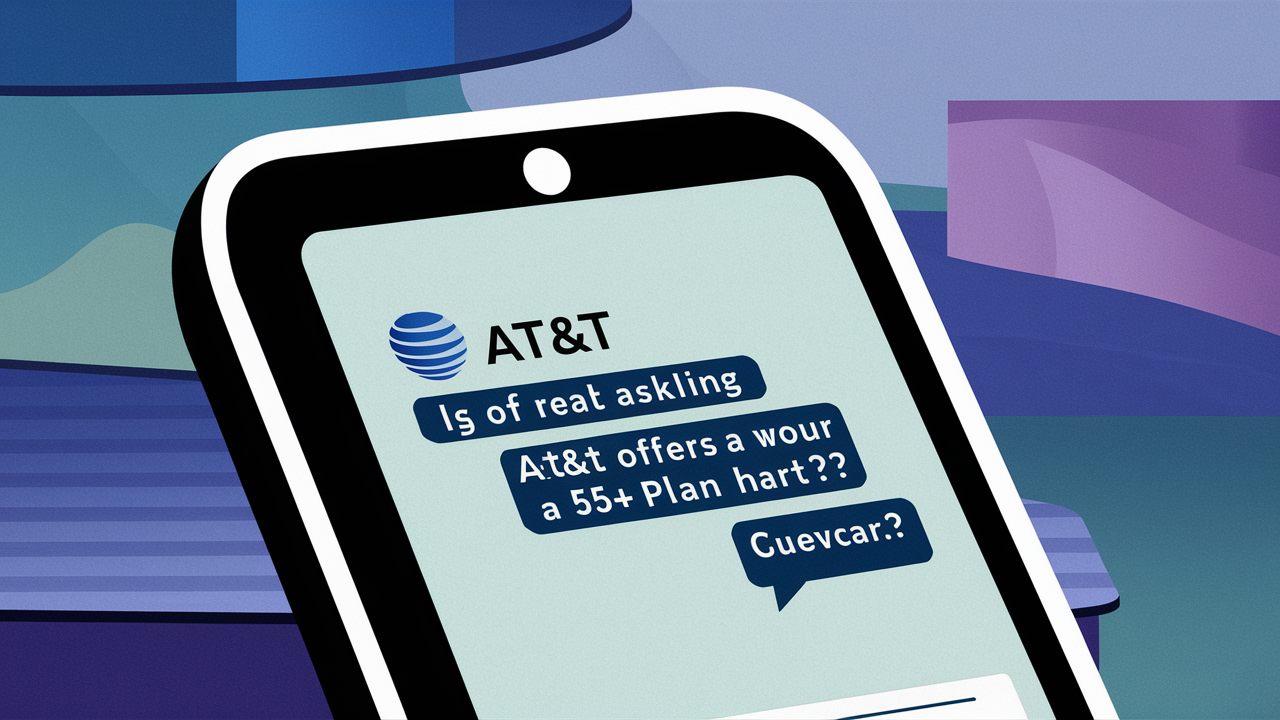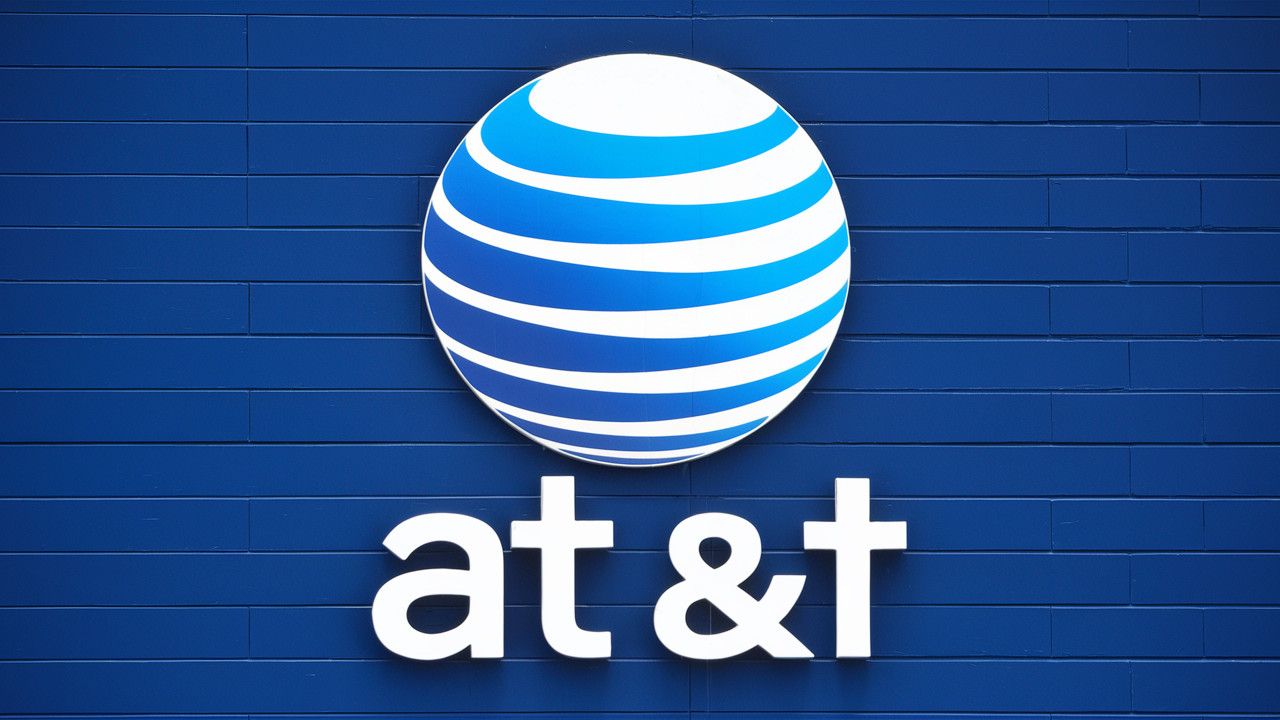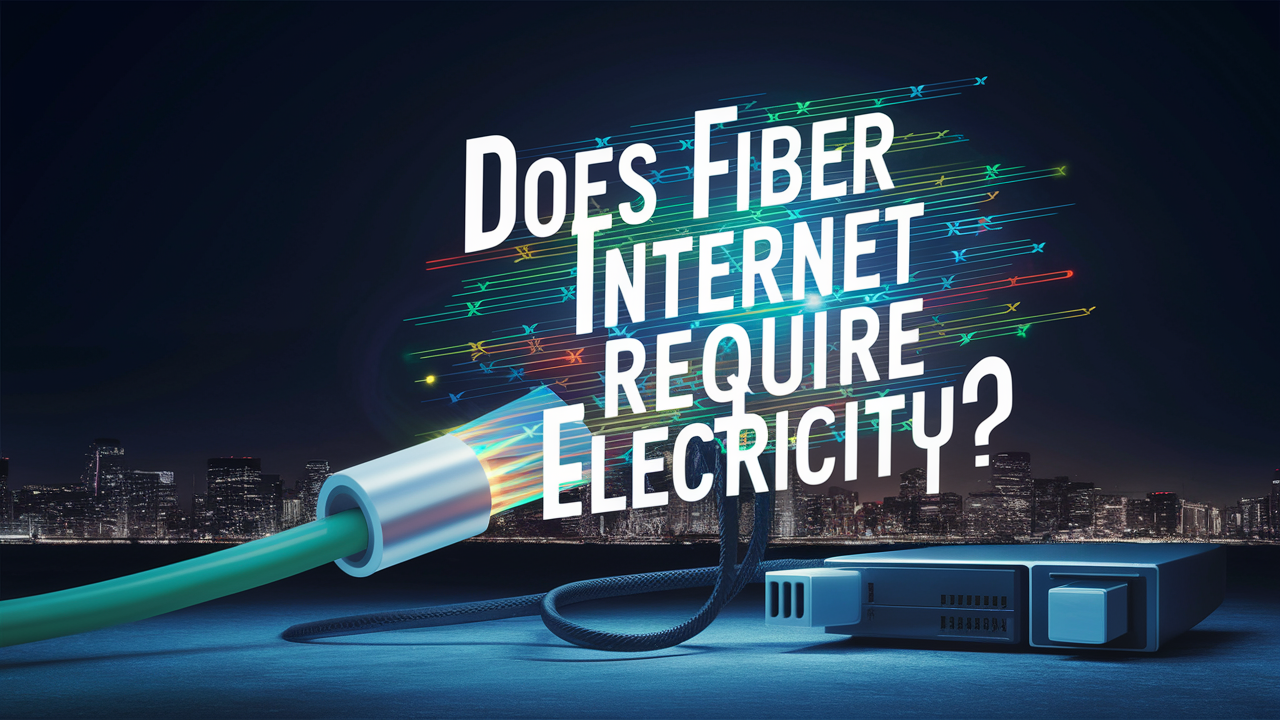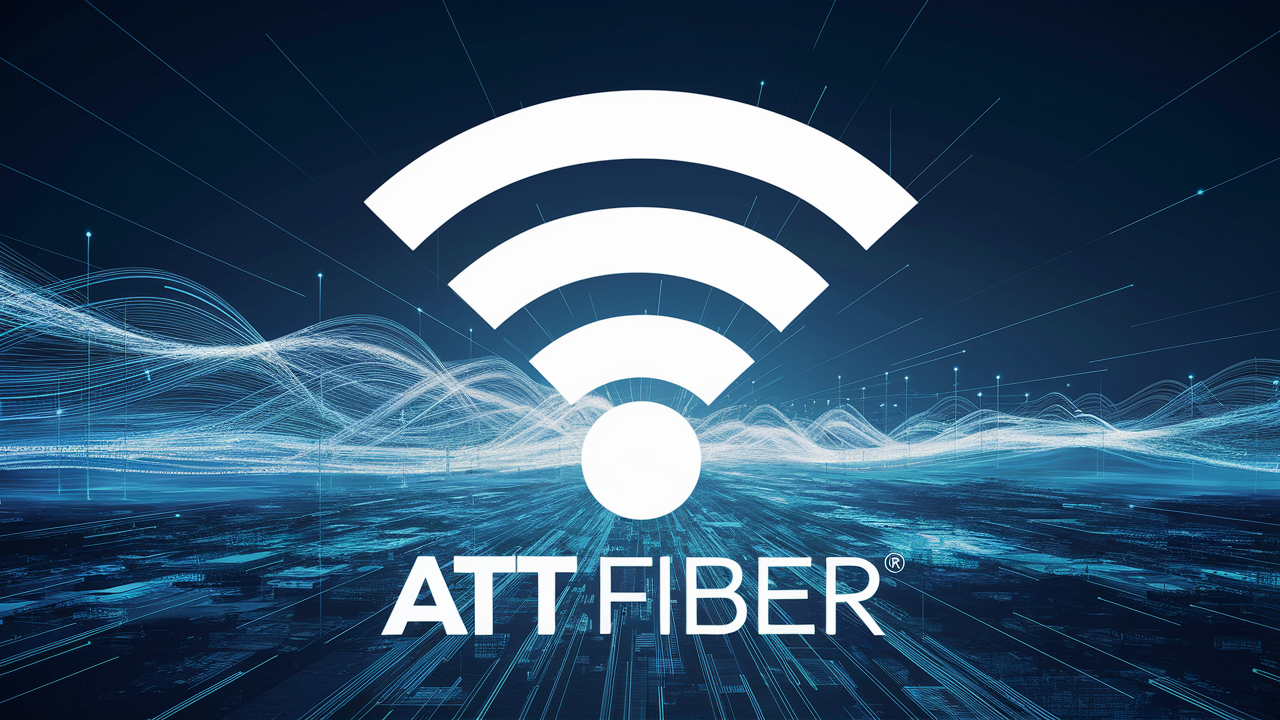
Fiber optic internet connections enable users to access Internet service Provider at very high speeds because fiber optic cables relay information through light. However, a key aspect that should be considered while dealing with fiber internet relates to the extent to which the signals used can transverse before the signals start to deteriorate. This begs the questions, what drives the max distance for fiber internet?
The maximum fiber distance is a determinant of certain factors.
There are several parameters that are responsible for the maximum reach of fiber optic cables to deliver data while keeping the connectivity strength and speed. These include:
- Single-Mode and Multi-Mode Cable: A comparison
- Data transmission speed
- Items include connectors, splices, and bends in the cable
- Optical power budget
- Environmental conditions
That way, knowing how each of these factors influences max fiber lengths and the kind of internet connection you are going to get with a fiber internet connection will come in handy.
Single Mode and Multi-Mode Fibre optic Cable
There are two basic categories of fiber optic cable, and they are single mode and multi-mode. The Single-mode cable has a smaller core diameter, and it can transmit light through a single ray only. This enables one to cover a larger area but not as accurately as when using the smaller loads. Multi-mode cable has a larger core and uses multiple light rays by which it allows for more data to be transmitted but within close distances.
Single-mode cable transmission usually supports distances of up to 31 miles or more without the need for signal repeaters which make it good for inter-city links. Multi-mode cable distances range from a normal distance of around 2 miles normally. So there is a large part that is played by fiber type.
Data Transmission Speed
Another quite sensible factor that influences the maximum distance is the data transmission rate over a fiber line. Download speeds that operate at a much lower pace such as 1Gbps (gigabit per second) can cover approximately 31miles on single-mode fiber without using a repeater to amplify the signal. However, the higher speeds such as ‘100 Gbps’ may only go up to about 10km or 6 miles before fresh signal repealing is done.
Thus, if travels of 20 miles and more are planned, it is expected that 100 Mbps or 1 Gbps speeds will be slower. Despite this, gigabit speeds are still immensely fast and sufficient to handle all the interconnection requirements. Higher speed commonly applies within building or town networks which are measured in kilometer.
Connectors, Splices and Bends
While it is always desirable to minimize signal loss due to connectors between fiber cable segments and cable splices or tight bends in the line, they can slightly degrade the optical signal. High-quality components lose very little signal and therefore excess connectors or splices along a long cable run can reduce the signal strength and therefore require signal boostage. Any tight twist or bend that is below 2 inches in diameter will result in a slightly higher signal attenuation.
Cabling installed with great precaution, minimum joints, connectors and no sharp bends would allow maximum reach. Routing of cables should be done in a manner that it follows the shortest path possible between two points.
Optical Power Budget
This is a comparison of the light signal transmitter’s power and the minimum receiver power that can be used before rates of errors are deemed intolerable. Higher power transmit lasers and sensitive receivers imply that more signal loss can happen before boost is accomplished.
Environmental Factors
Real world conditions the cable is installed under impacts distances also, for example, a cable laid at a deeper cross-sectional location in the pipe would have a greater distance between the two ends, thus making the measurement more challenging. Attenuation or signal loss is affected by:Attenuation or signal loss is affected by:
- Temperature and thermal stability: The signal is dependent on the changes in temperature.
- Movement: cables which have been installed and shifted cause micro bending that leads to the increase in loss.
- Interference: Interference of signals from other sources such as RF can harmfully affect signals through electromagnetic fields and vibration.
Cables intended to operate on extended ranges feature designs that are not as susceptible to the deviations of the environment. It is however important to also take into account actual world conditions when setting the said max lengths.
What, then, is the True Maximum Fiber Length?
Additionally, depending on certain factors, what is the overall maximum length one could ever achieve with fiber internet? The multi-mode cable that may be used for short building and campus networks can travel up to a maximum of 2 miles or 10 kilometers.
Single-mode cables can transmit data over distances that are over 60 miles or 100 kilometers in theory. However, for applying the internet connections in a real life situation, the maximum use which can be made of the coaxial cable is limited to about 31 miles or 50 kilometers.
With high power transmitter and receiver equipment it is possible to establish link up to 73Km under perfect weather condition for TV signals. However above 31 miles signal boosting is normally mandatory even if very high quality cables are used. For Runs greater than 62 miles; it is more appropriate to incorporate sporadic data regeneration stations that rebuild the signal. This helps avoid signal degradation over very long distances and or gaps.
Nevertheless, it is clear that fiber internet could join cities tens or even hundreds of miles apart, at some point, other methods of high-capacity networking like microwave transmission may be needed as a part of very long-wavelengths.
However, as mentioned earlier, most network applications can easily acquire enough length from fiber optics to connect various locations within a metropolitan area using a single mode fiber. This allows for data transmission at extremely high speeds and with no need for signal boosting which can be up to thirty-one miles apart. A few more miles distance can also be easily managed with relatively cheaper multymode fiber too.
Achieving Improved Fiber Length and Optimizing the Speed Potential
Decisiveness is crucial in determining and implementing the fiber optic transmission lengths to support the fastest speeds. Selecting an appropriate cable type and transmission speed enables results in cable lengths of 31+ miles for single mode and over 1.2 miles multi mode.
Fiber also achieves maximum possible distances by avoiding precision splicing of cables, especially having as few connection points as possible or bends, using adequately protecting conduits in outdoor runs, and avoiding RF/electrical interference.
Incorporating fiber’s advantages of bandwidth, high capabilities of long-reach communication, one needs some skills. But the outcomes can be connections with the capacity of 1Gbps or better and distances between many miles. This offers very high speed and highly reliable communication between two places within a given geographical area. And, further advancements made with fiber transmission equipment aim to extend the optimum distance even further.
Call (844) 905-5001 to get a new AT&T connection now!
Read More:
How much does AT&T charge for a technician?
How many devices can I connect to ATT fiber Wi-Fi?
How do you connect AT&T fiber?
Do I need a fiber jack for AT&T fiber?
Is AT&T replacing copper with fiber?
